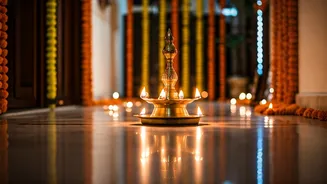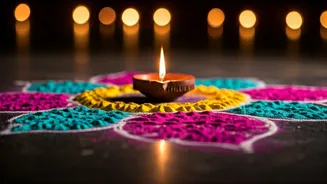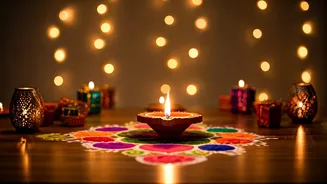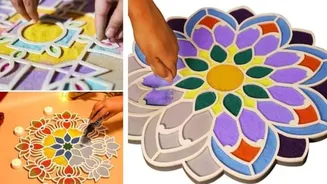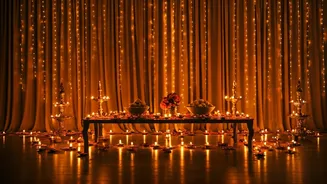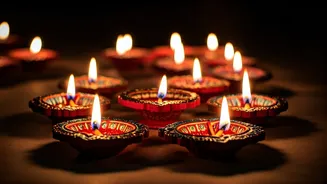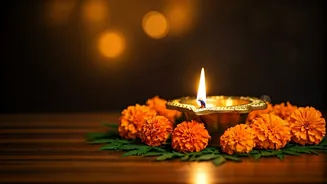Home Makeovers
The preparation for Diwali celebrations often begins with a thorough cleaning and transformation of homes. This goes beyond everyday tidying; it's a deep
cleanse that signifies a fresh start. Families engage in elaborate cleaning rituals, some even taking on extreme home makeovers. This could involve rearranging furniture, repainting walls, or even renovating entire rooms to create a fresh and welcoming environment. The process also symbolizes purification and preparing the home to receive Lakshmi, the goddess of wealth and prosperity. These rituals are not just about aesthetics but also about creating a positive and auspicious atmosphere for the festive season.
Cleaning Rituals
Many Indian households embrace specific cleaning rituals as part of their Diwali preparations. These rituals often involve cleaning every nook and cranny of the house, discarding old items, and decluttering spaces. These may include washing bed sheets, curtains, and other household textiles, which are essential for a cleaner and brighter home. Some families also engage in more profound cleansing practices, such as smudging with incense or performing specific puja (prayer) ceremonies to purify the space. These practices, passed down through generations, add a spiritual dimension to the cleaning process, reinforcing the idea of renewal and positivity. The aim is to eliminate any negativity or stagnation, thereby creating a welcoming environment for the festivities.
Decorating Styles
Decorating plays a crucial role in transforming homes for Diwali. Indians are increasingly adopting creative ways to illuminate their homes and create a festive ambiance. Traditional elements such as diyas (oil lamps) and rangoli (colorful patterns made with powder or flowers) remain popular. However, modern trends include using fairy lights, LED decorations, and themed decor to light up homes in unique ways. The emphasis is on creating a vibrant and welcoming atmosphere. These decorations serve as a visual representation of happiness, prosperity, and the triumph of light over darkness. The diverse decorating styles showcase a blend of cultural heritage and contemporary design, making each home’s Diwali celebration distinct.
Modern Influences
The impact of modern influences is evident in how Indians approach Diwali preparations today. The rise of social media has led to an increased focus on aesthetic presentation, with families sharing their home makeovers online. People are also turning to online platforms for inspiration, from cleaning tips to innovative decorating ideas. While traditional values remain at the heart of Diwali celebrations, modern technology has enhanced the scope and creativity of the preparations. The modern era has also introduced eco-friendly practices, like using sustainable decor and reducing waste during cleaning and decorating, showcasing a blend of tradition with an awareness of environmental consciousness.
Family Involvement
Diwali preparations are a communal effort, often involving the entire family. Tasks like cleaning, decorating, and preparing sweets and snacks are shared among family members, fostering a sense of togetherness and celebration. Children often participate in simple tasks like arranging diyas or helping with rangoli designs, instilling cultural values and traditions. Elders share their experiences and knowledge, keeping the traditions alive. The shared experience of preparing for Diwali strengthens family bonds and creates lasting memories. This communal approach highlights the importance of family unity and the significance of celebrating festivals collectively, making Diwali a time of shared joy and affection.
